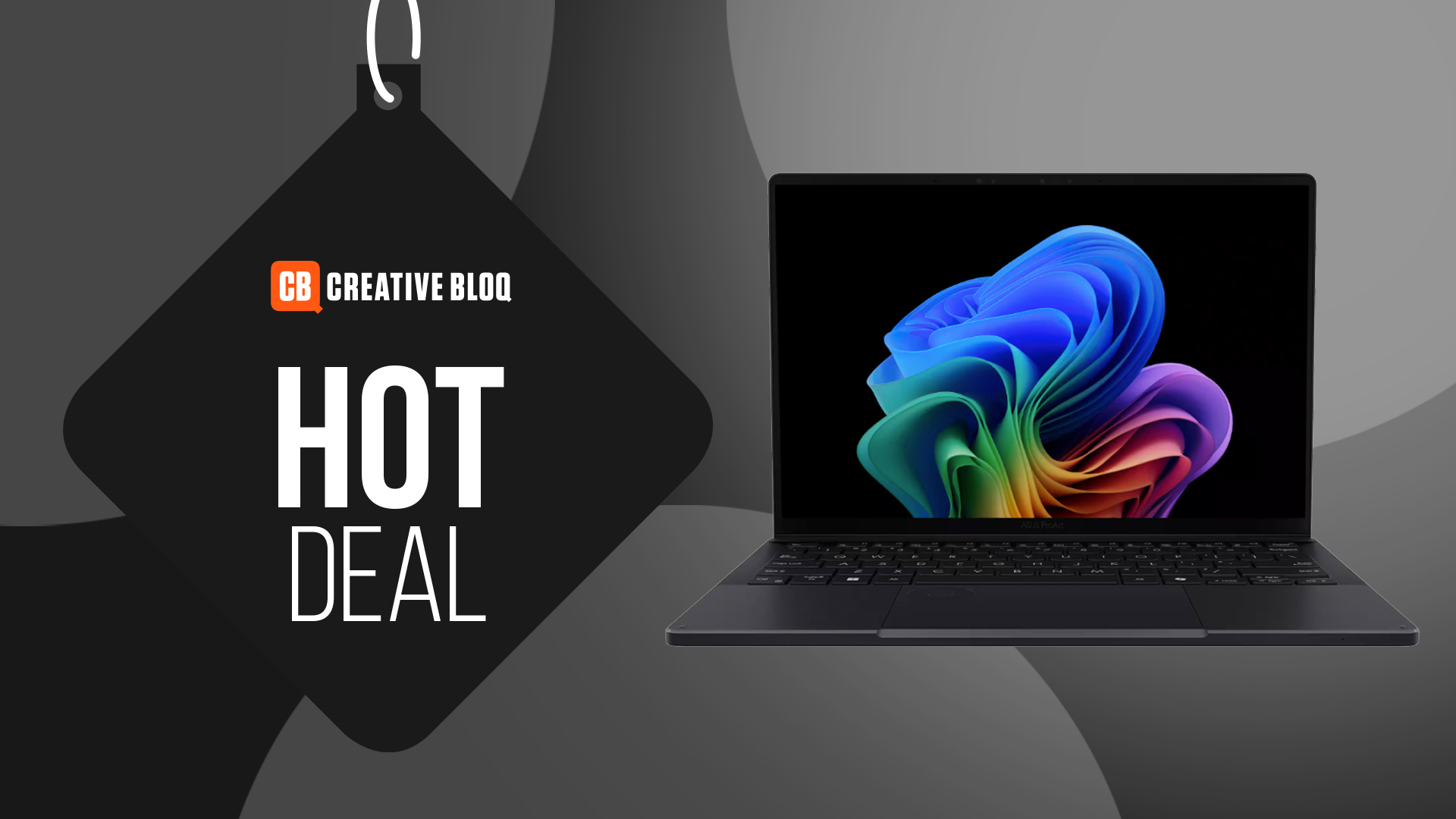Big question: are decorative design elements going out of style?
Some say Apple’s interfaces that look like real-world objects are in bad taste, while Microsoft’s Windows 8 UI (formerly Metro) is lauded for making content the star. We asked our experts their views on skeuomorphic design

Jonathan Smiley
Designer
www.zurb.com
For every skeuomorphic inconsistency in iOS I’d say there’s an equal lack of structure in Metro, which isn’t to say that I consider either to be a poor UI. Where skeuomorphic design excels is in providing a comfortable framework for new (or old) users – an immediate understanding of the purpose and feel of an interface, even when the metaphor doesn’t make much sense (I’ll grant that the faux-leather Find My Friends makes no sense). It clearly works commercially, and I think it will hang on for as long as the devices make its support easy. Once the interface has moved past just touchscreens we’ll see its use decline – the hardware simply won’t support the metaphor at all.
Jonathan is a design lead at ZURB

Trent Walton
Founder of Paravel
www.paravelinc.com
I don’t think we’re able to lump the entirety of what Apple does into good/bad or in/out of fashion. It’s helpful for a button to look like a button, though I think the faux-leather texture in iCal is too much. My own design sensibilities align more closely with Microsoft’s type-centric based Metro style, anchored by the high quality humanist sans, Segoe. That being said, perhaps taking either design approach to extremes will reveal its limitations – just implement with sensibility and restraint.
More interesting to me is what happens in terms of file size and load times when you combine skeuomorphisim with high definition displays. You could create just about anything Metro does with web fonts and CSS. That resolution independence is a huge win. There may be a time when we can have lots of graphic asset-dependent textures being served at 2x size with no concern for bandwidth, but on the web today we can’t easily have both.
Trent is founder of Paravel

Andy Budd
Founder of Clearleft
www.clearleft.com
I always thought that the design of Apple’s address book and calendar apps felt at odds with the modern sophistication of its hardware. By comparison, when I first saw Metro I loved its simplicity and the way it drew inspiration from graphic design history. Sadly, while the concept looked great on paper, the user experience failed to stack up. So even though Apple’s skeuomorphic designs are old fashioned and slightly embarrassing, their digital products have a level of finesse that Microsoft struggles with straight out of the gate. Which is a shame as I was seriously considering buying a Windows phone for Metro, until I actually used it.
Andy is managing director of Clearleft

Aral Balkan
Experience designer
www.aralbalkan.com
Skeuomorphic design is not inherently good or bad; however, it is difficult to execute properly. When you create associations between a tangible object and a virtual one, you need to be careful to meet any expectations that you create. If your app looks like a book, its pages should turn. You should be able to see how much you’ve read by looking at the pages remaining, and so on. The great advantage of skeuomorphic design is that it is immediately familiar and – perhaps even more importantly – it is dissimilar enough from other apps as to be immediately recognisable. There are so many Metro apps, for example, that you can only tell apart by making an effort to read the name of the app because they look so similar. Of course, the pitfalls are that you create expectations that either you cannot meet owing to physical constraints, or that you don’t meet because they are difficult to. Creating any custom component is hard enough as it is without having to make it also model and behave like a tangible object. That said, apps are objects. Furthermore, a good app transforms the whole phone into a new object. And skeuomorphic design can play an important part in making that device feel like a new object for every app.
Aral is a designer, developer, professional speaker, teacher, and author of the Feathers iPhone app

Chris Coyier
Web designer
www.chriscoyier.net
I think all designers would agree that the most important part of any design is that it helps the user do what they need to do. If you make it look like a real-world object and not impede usability, that’s fine with me. If the realism gets in the way, then that designer screwed up. The leather strip in iCal doesn’t bother me at all. It’s just a header texture and separates some functionality buttons and the calendar grid itself. The Podcast app on iOS , however, I do find unfortunately compromised. The ability to ‘scrub’ through the podcast is buried a level deeper than it was in the Music app on a screen that resembles a reel-to-reel player. Despite the reel-to-reel player’s bright white circular shapes and tape lines, you can’t interact with it at all. It took me more practice than it should have done to figure out how to use this screen, and I still don’t feel comfortable with it.
Chris is a freelance web designer

Elliot Jay Stocks
Designer
www.elliotjaystocks.com
As much as I love iOS and the level of scrutiny Apple places on the design of an app submitted to the App Store, I do think that Apple itself has taken skeuomorphism a bit too far. The Lion version of iCal is an obvious example, with its fake paper tears and leather texture; or the pages beneath the current one in iBooks, which remain the same no matter how far into the book you are: even if you’re on the last page, there appear to be numerous pages beneath the one you’re on. If you’re going to mimic the real world, you have to do it properly. In iCal’s case, the paper tears should be different each time; in iBooks’ case, the number of pages before or after a given point should be realistic. There are numerous other examples, and the point of failure is the so-called ‘uncanny valley’: they look real enough to suggest reality, but their inability to properly match reality creates a point of friction.
Get the Creative Bloq Newsletter
Daily design news, reviews, how-tos and more, as picked by the editors.
This is actually why I have a lot of respect for the Windows Phone UI. Not only has Microsoft avoided skeuomorphism by focusing on a simple, type-heavy interface, but it’s also done something completely different to iOS — which can’t be said of Android.
Elliott is the founder of typography magazine 8 Faces

Whitney Hess
UX designer
www.whitneyhess.com
The question shouldn’t be “are skeuomorphs good or are they bad?” As with just about everything in design, it depends. If the target audience is very familiar with the original, analog inspiration for the interface, but is new to using its digital counterpart, skeuomorphs can go a long way in making the user feel at ease and provide the necessary cues for use, even if the elements themselves are not usable. However, as time goes by and digital natives become a greater percentage of the population, skeuomorphs fail to have any relevance and instead become an obstacle to overcome. So in short: use them to introduce new concepts, but ditch them when their usefulness has run its course.
Whitney is an independent user experience designer

Gavin Elliott
Designer
www.gavinelliott.co.uk
Design is subjective. Good design is about getting someone from A to B without as many problems as possible. Skeuomorphic design is aesthetic, it makes things look ‘pretty or nice’ to an end-user. If Apple made something decorative just for the sake of being decorative and didn’t think about core design principles it would lose the one thing that underpins Apple: good design.
I’m confident Apple considers these things. Will ‘realistic aesthetics’ run out of road? I’m sure it will, or at least the trend will change. Hopefully it will and leave great design as it should be, clear and concise.
Gavin is the founder of the Industry Inc conference

Andy Hume
Developer
andyhume.net
The biggest problem I have with excessive skeuomorphism is when it impacts on UI performance. Even with direct access to high-powered GPUs this is a problem: witness the sluggishness of Apple Mail in Mountain Lion with its curling page animations compared with the sleek lines of Snow Leopard.
On the web this is more problematic. With web browsers we’re relying on a range of rendering engines to deal with these animations and visual decorations. Depending on implementation some of them may attempt to use the GPU, others won’t. Either way, the performance implications are often significant.
Andy is a software architect at The Guardian

Rachel Shillcock
Web designer
www.rachil.li
The great thing about skeuomorphic design is that it helps less technologically minded people get a grasp on what it is they’re doing with a device. It’s always said that the visuals are what people notice first, rather than words. If a user sees something visually pleasing they will want to look at it more and figure it out. Apple products are some of the most beautiful that you will find. One thing you can’t deny is that regardless of whether an Apple UI focuses on creating that skeuomorphic appearance, it does look great. Microsoft Metro and its focus on content is great – and it suits the style that Microsoft appear to be taking forward. Apple likes to set trends. There is something about a Mac app website, for example, that immediately tells you that this app is for an Apple device. Maybe Apple wants to emulate these real textures, evoke memories and remind us that even though we may be on some of the more technologically advanced devices in the world, we are still in essence connected to the ‘real world’.
Rachel is a freelance web designer
Discover the top 20 graphic design trends for 2012 at our sister site, Creative Bloq.

Thank you for reading 5 articles this month* Join now for unlimited access
Enjoy your first month for just £1 / $1 / €1
*Read 5 free articles per month without a subscription

Join now for unlimited access
Try first month for just £1 / $1 / €1
The Creative Bloq team is made up of a group of design fans, and has changed and evolved since Creative Bloq began back in 2012. The current website team consists of eight full-time members of staff: Editor Georgia Coggan, Deputy Editor Rosie Hilder, Ecommerce Editor Beren Neale, Senior News Editor Daniel Piper, Editor, Digital Art and 3D Ian Dean, Tech Reviews Editor Erlingur Einarsson, Ecommerce Writer Beth Nicholls and Staff Writer Natalie Fear, as well as a roster of freelancers from around the world. The ImagineFX magazine team also pitch in, ensuring that content from leading digital art publication ImagineFX is represented on Creative Bloq.
